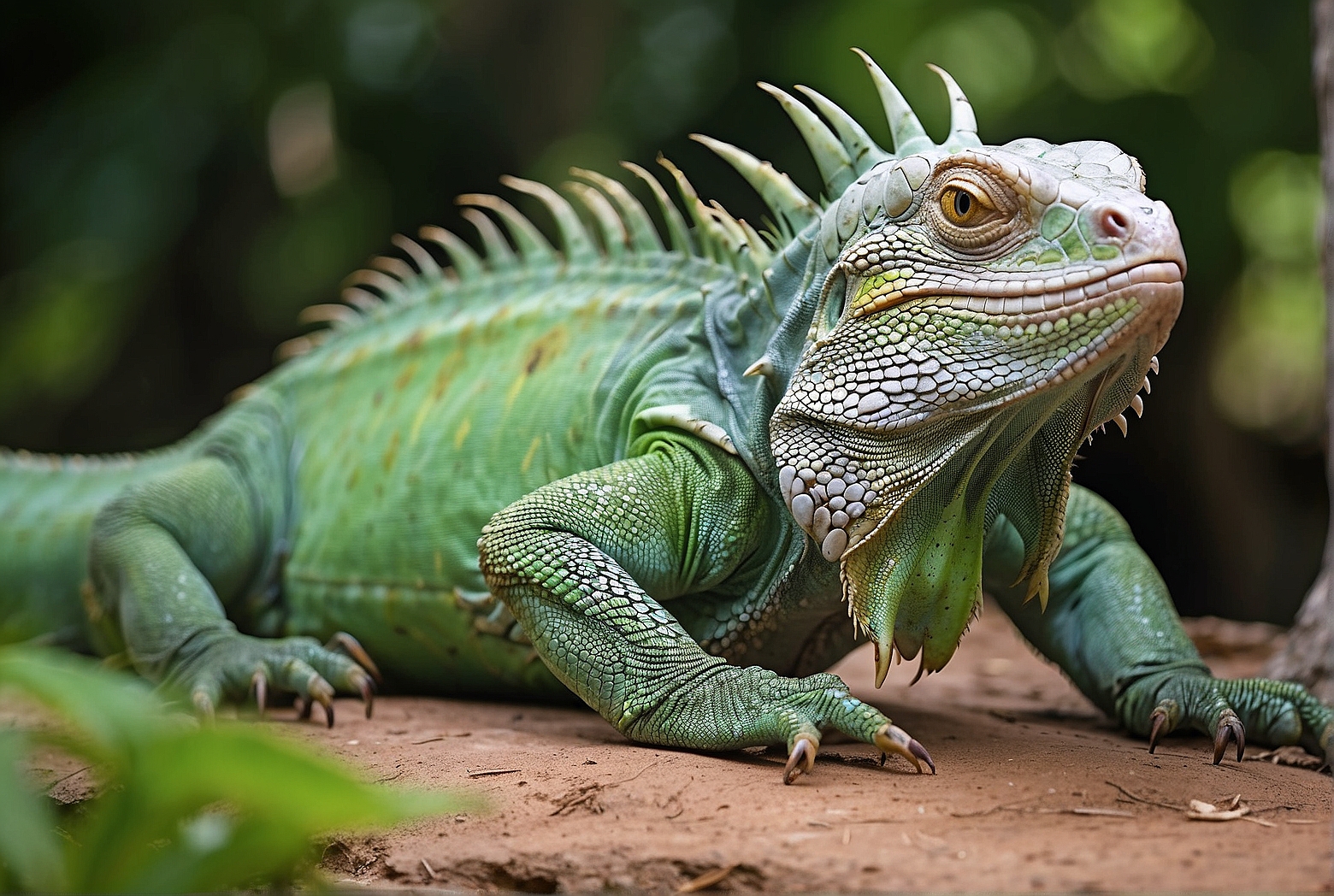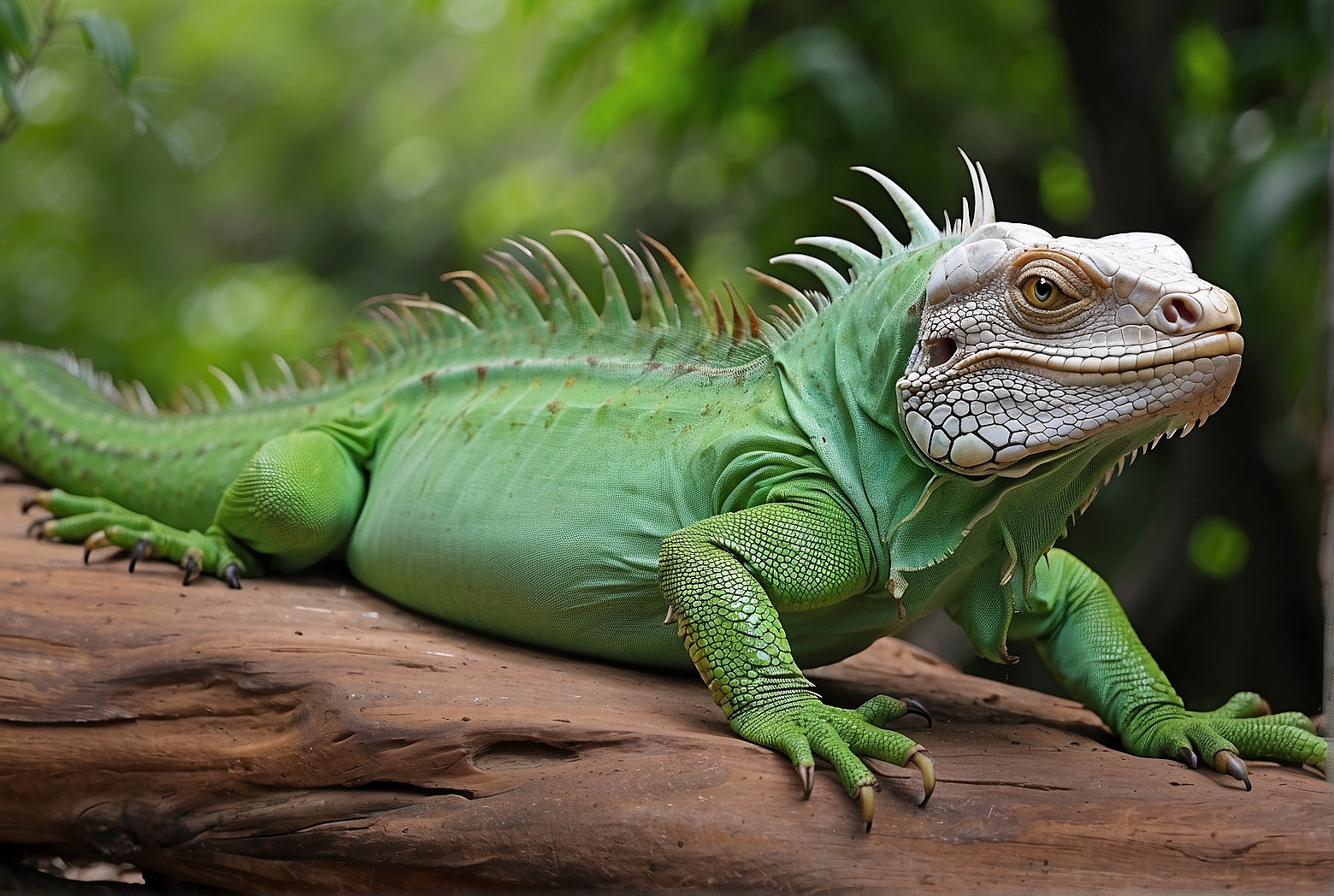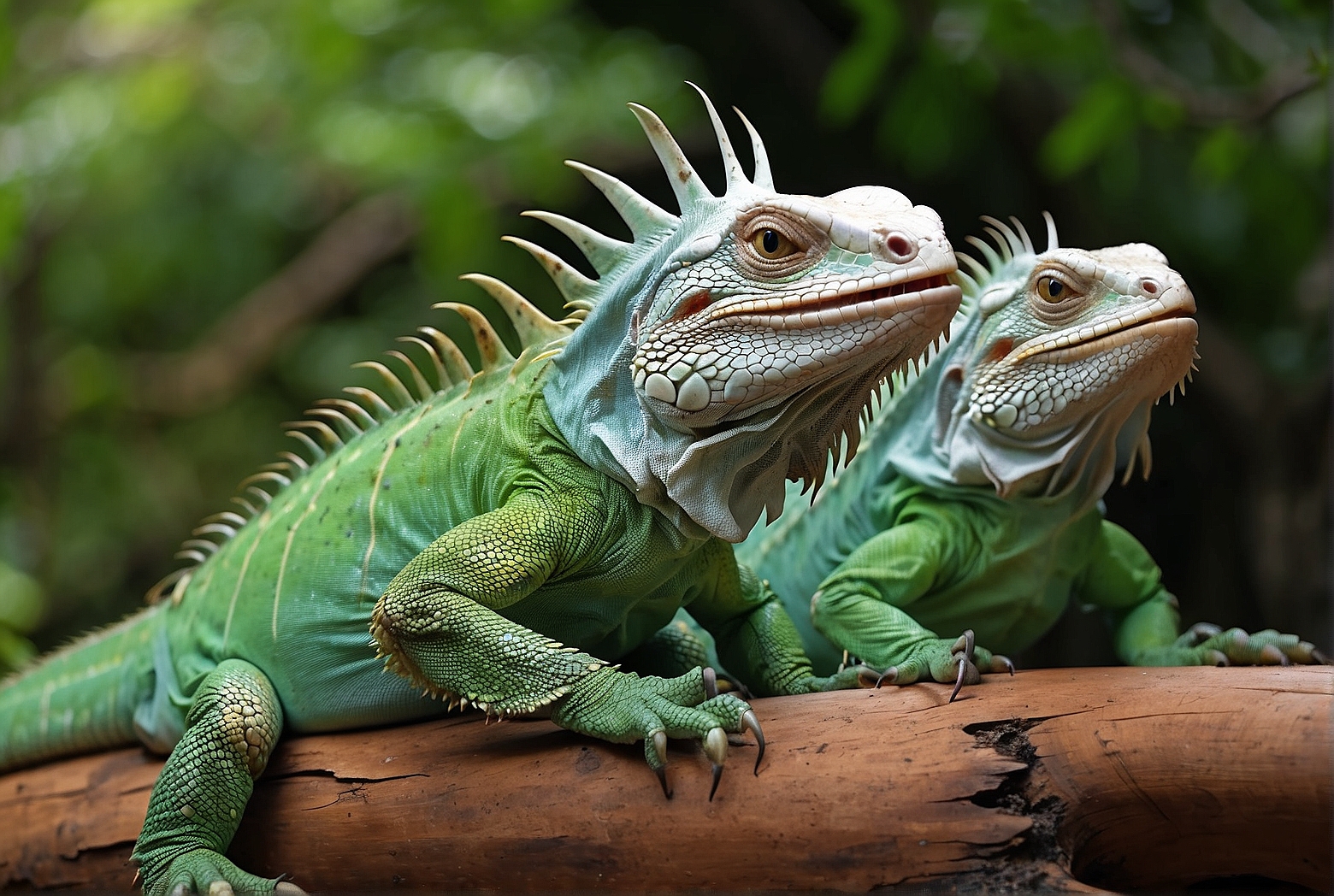Ah, the fascinating world of green iguanas and their intriguing reproduction habits! Ever wondered how often these majestic creatures lay their precious eggs? In this article, we will uncover the frequency at which green iguanas engage in the act of egg-laying. Prepare to be amazed as we shed light on the captivating reproductive patterns of these magnificent reptiles. So, brace yourself as we embark on an exciting journey into the reproduction habits of our leafy friends, the green iguanas.
Introduction
Green iguanas, scientifically known as Iguana iguana, are fascinating reptiles that have captured the attention of researchers and reptile enthusiasts alike. Their vibrant green coloration and unique physical features make them intriguing creatures to study. In particular, understanding their reproduction habits is of utmost importance as it provides valuable insights into their population dynamics and conservation strategies.
Physical Characteristics of Green Iguanas
Green iguanas are among the largest species of lizards, with males reaching an average length of six feet and weighing up to 20 pounds. Females, on the other hand, are slightly smaller, with an average length of four to five feet and weighing around 10 pounds. These impressive sizes allow green iguanas to assert their dominance in their habitats.
Their bodies are streamlined and agile, enabling them to adeptly navigate through their arboreal habitats. One of their most distinctive features is their long, muscular tail, which makes up around two-thirds of their total body length. This tail serves as a valuable balancing tool, aiding them in jumping between branches and swimming in water bodies.
Sexual Dimorphism
Sexual dimorphism is particularly evident in green iguanas. Males and females display noticeable differences in terms of size, coloration, and body structure. Males typically exhibit larger size and more prominent dorsal crests, while females have smaller overall body size and lack the pronounced crests seen in males.
The factors influencing sexual dimorphism in green iguanas are both genetic and environmental. Genetic factors play a significant role in determining the size and morphological features of each gender. Additionally, the availability of resources and competition for mates can also influence the development of sexual dimorphism.

Mating Behavior
Mating behavior in green iguanas is a complex and intriguing process. Courtship rituals play a crucial role in initiating reproductive encounters. Males often engage in elaborate displays, including head-bobbing, “push-ups” with their forelimbs, and dewlap extensions. These displays serve to attract the attention of females and establish dominance among competing males.
Dominance displays are another important aspect of green iguana mating behavior. Males engage in aggressive encounters to establish their dominance hierarchy, which allows them a better chance of successfully mating with receptive females.
Mate selection in green iguanas involves both male and female choice. Females are known to exhibit a preference for larger, more dominant males, as they are perceived to have higher quality genes and resources. Males, on the other hand, assess the reproductive condition and receptiveness of females before attempting to mate.
Breeding Season
Green iguanas have a specific breeding season that varies depending on their geographical location. In general, this season occurs during the wet season when food resources are abundant, and environmental conditions are favorable for the development and survival of offspring.
Seasonal variations in breeding behavior are observed among different populations of green iguanas. Some populations exhibit a synchronized breeding season, where a majority of individuals mate within a specific time frame. In contrast, other populations may have asynchronous breeding, with mating occurring at different times throughout the year.
Nesting Sites
The selection and preparation of nesting sites are critical for successful reproduction in green iguanas. Females invest significant effort in finding suitable nesting sites to ensure the survival of their offspring. These sites typically consist of sandy soils that allow for easy excavation and temperature regulation.

Preferred habitat characteristics for nesting sites often include proximity to water bodies, as the moisture aids in maintaining proper humidity levels for the incubating eggs. Additionally, nesting sites located in well-vegetated areas provide the necessary shelter and protection from predators.
Egg Laying Process
Green iguanas exhibit a remarkable ability to lay multiple clutches of eggs within a breeding season. Females lay eggs every one to three weeks, with the total number of clutches ranging from one to six. Each clutch contains an average of 20 to 60 eggs, depending on factors such as female size and resource availability.
Incubation periods for green iguana eggs typically last around 65 to 85 days. During this time, the eggs are buried in the warm, sandy nest, where they are exposed to natural temperature fluctuations. This variation in temperatures within the nest plays a crucial role in determining the sex of the developing embryos.
Parental Care
While females invest considerable effort in incubating and defending their nests, males do not exhibit any form of paternal care. After laying her eggs, the female green iguana covers the nest carefully to conceal it from potential predators and ensures optimal conditions for incubation. Females display territorial behavior during this period, defending their nests from intruders.
Once the eggs hatch, the newly emerged hatchlings are fully independent, devoid of any parental care. They must rely on their innate instincts and survival strategies to navigate the threats and challenges they face in their environment.
Survival Rates of Hatchlings
Hatchling green iguanas face numerous challenges as they begin their journey. Predation is a significant threat, as many predators, including birds, mammals, and reptiles, are known to prey on their vulnerable young. Hatchlings use various survival strategies, such as rapid growth rates, camouflage, and their agility in climbing trees, to evade their predators.
The survival rates of hatchlings can vary considerably due to factors such as predation pressure, resource availability, and environmental conditions. Only a small percentage of hatchlings manage to reach adulthood and contribute to the maintenance of green iguana populations.
Conservation Implications
Understanding the reproductive habits of green iguanas is crucial for their conservation and management. Green iguana populations face various threats, including habitat destruction, illegal pet trade, and predation by invasive species. Protecting and preserving their nesting sites is of utmost importance to ensure the successful reproduction and survival of these remarkable creatures.
Conservation efforts should focus on minimizing habitat degradation and disturbance, implementing strict regulations on the pet trade, and controlling the proliferation of invasive predators. By safeguarding the nesting sites of green iguanas and promoting their overall well-being, we can contribute to the long-term viability of their populations.
In conclusion, studying the reproduction habits of green iguanas provides valuable insights into their biology, behavior, and conservation. From the physical characteristics that define sexual dimorphism to the intricacies of their mating behavior, each aspect of their reproductive cycle presents fascinating discoveries. By understanding and protecting these incredible creatures, we can ensure their future survival in the ever-changing world.
